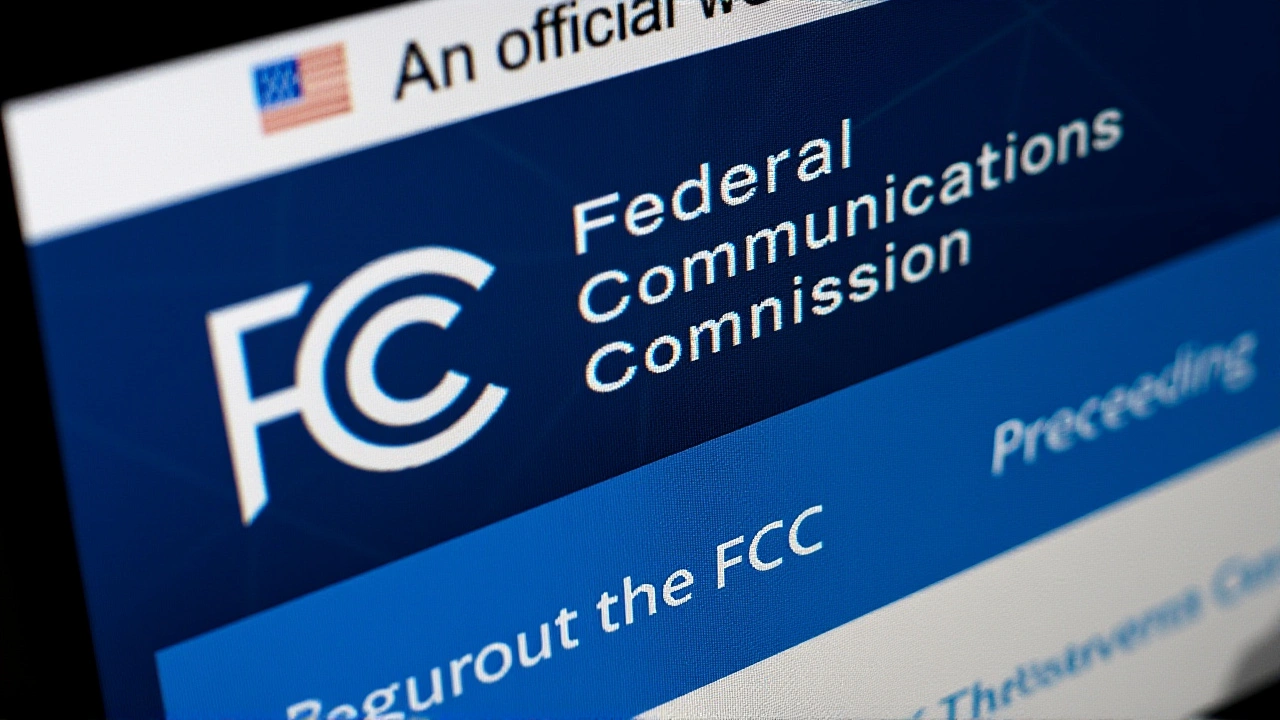Media Consolidation Explained
When talking about media consolidation, the merging of news outlets, broadcasters and digital services under fewer corporate owners. Also known as ownership concentration, it directly influences what stories reach the public and how they're packaged. Another key player is media ownership, the legal hold a company has over a channel, newspaper or streaming service, often measured by market share percentages. Then there’s broadcast rights, the contracts that allow networks to air sports, music and news events, a hot commodity that shifts whenever ownership patterns change. Finally, digital platforms, online services like streaming apps and social media that distribute content play a growing role, while regulation, government policies that aim to keep markets competitive attempts to rein in excessive concentration.
Why Media Consolidation Matters Today
Media consolidation isn’t just a business buzzword; it shapes the daily news you read about politics, the way you watch football, and even the tech updates on your phone. When a few conglomerates own most of the major outlets, they can decide which stories get front‑page space – think about the recent debates around election coverage in Nigeria or the way African sports news is packaged for international audiences. This concentration also affects broadcast rights deals. For example, a single owner may secure exclusive rights to a Premier League match, limiting access for smaller stations and forcing fans onto subscription services. At the same time, digital platforms like streaming giants negotiate directly with these owners, creating new revenue streams but also new gatekeepers. The net effect is a tighter loop where ownership, rights and platforms feed each other, making it harder for independent voices to break through.
Regulation tries to untangle that loop. Antitrust laws, media diversity rules, and licensing requirements are tools governments use to prevent a monopoly that could silence dissent or skew public opinion. In South Africa, the Independent Communications Authority monitors cross‑ownership to protect local content. In Nigeria, the National Broadcasting Commission has stepped in when a single group tried to dominate both TV and radio markets. These actions illustrate the semantic triple: media consolidation requires regulation; regulation influences media ownership; media ownership determines broadcast rights. Each component interacts, creating a dynamic landscape that changes with every merger or acquisition.
Looking at the articles we’ve gathered, you’ll see how this web plays out across real stories: a sports club’s media deal, a tech product launch covered by a handful of big sites, and political commentary shaped by a limited pool of journalists. The collection below gives you concrete examples – from a mock NFL draft covered by a single sports network to a tech review of the iPhone 17 that appears on a handful of major tech blogs. By seeing how each piece fits into the bigger picture, you’ll understand the practical implications of media consolidation on the information you consume every day.

